European Commission President Ursula von der Leyen said at the London School of Economics that the relationship between EU and UK will be different after Brexit. She also warned that there is not enough time to complete negotiations by the end of this year. She said, “the European Union is ready to negotiate a truly ambitious and comprehensive new partnership with the United Kingdom”. However, “without an extension of the transition period beyond 2020, you cannot expect to agree on every single aspect of our new partnership.”
She explained, “we are ready to design a new partnership with zero tariffs, zero quotas, zero dumping. A partnership that goes well beyond trade and is unprecedented in scope. Everything from climate action to data protection, fisheries to energy, transport to space, financial services to security. And we are ready to work day and night to get as much of this done within the timeframe we have.” But “none of this means it will be easy, but we start this negotiation from a position of certainty, goodwill, shared interests and purpose. And we should be optimistic.”
UK Prime Minister Boris Johnson made himself clear that he would not seek transition period extension. His spokesperson said yesterday that ” having waited for over three years to get Brexit done, both British and EU citizens rightly expect negotiations on an ambitious free trade agreement (FTA) to conclude on time… “There will be no extension to the Implementation Period, which will end in December 2020 as set out in the Political Declaration,” the spokesperson added.




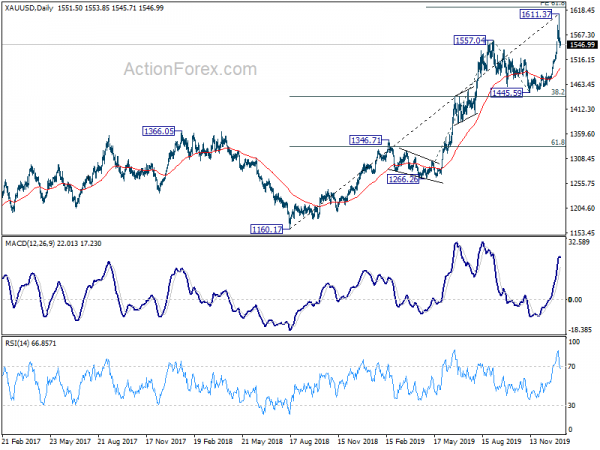
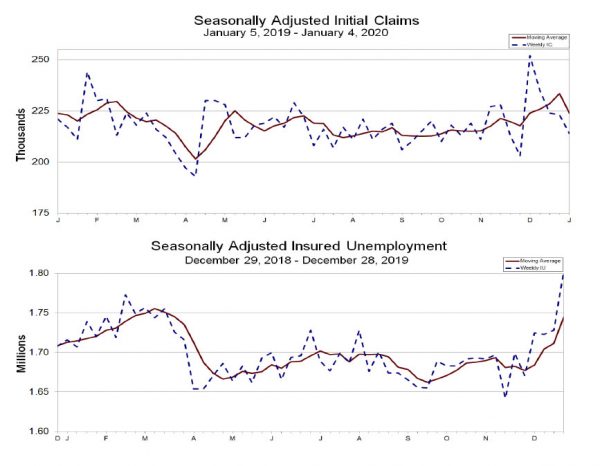
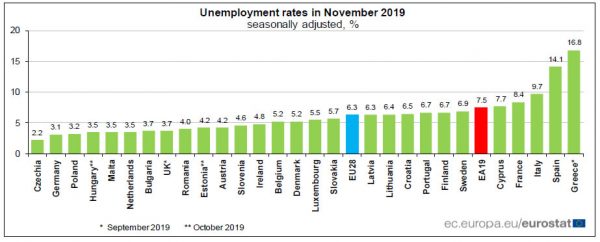
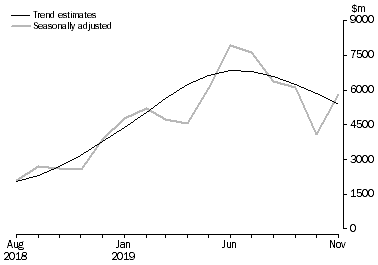
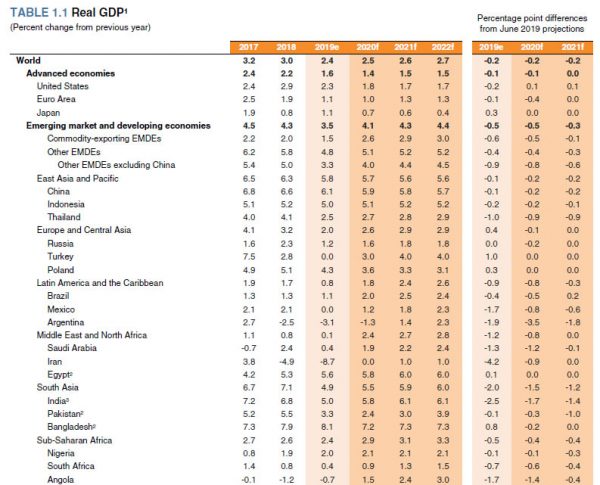
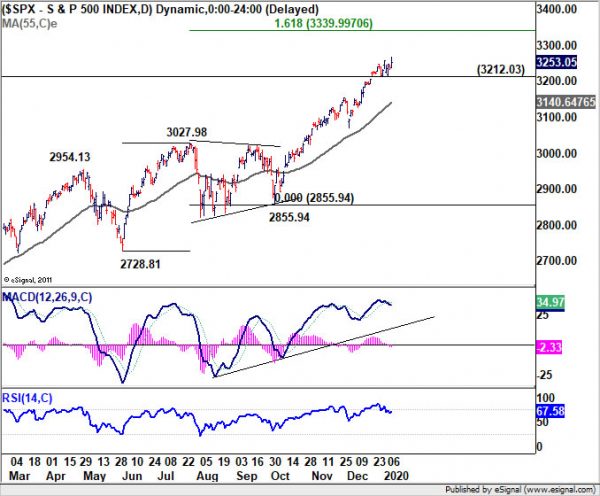
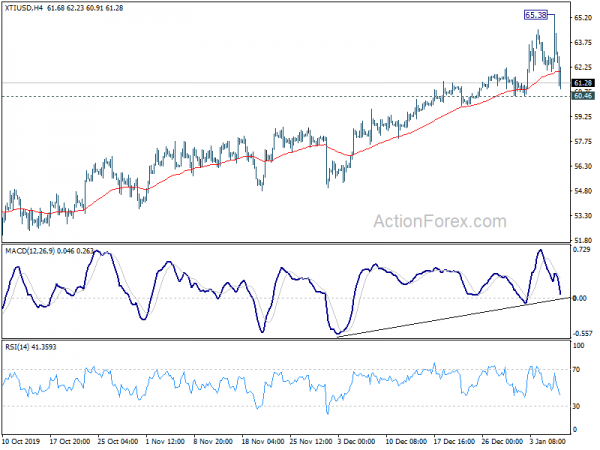
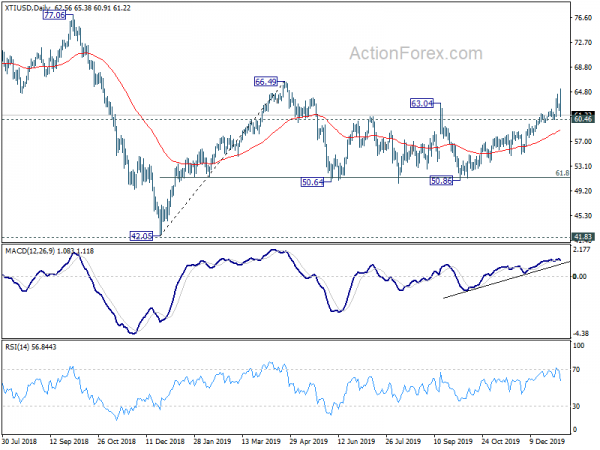
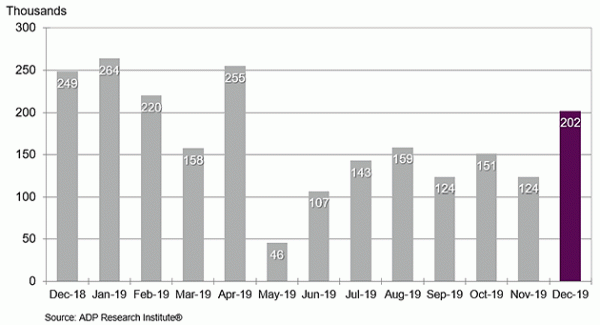
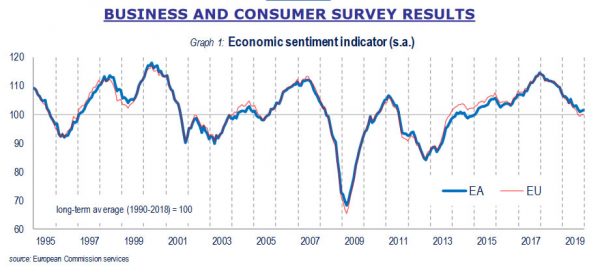
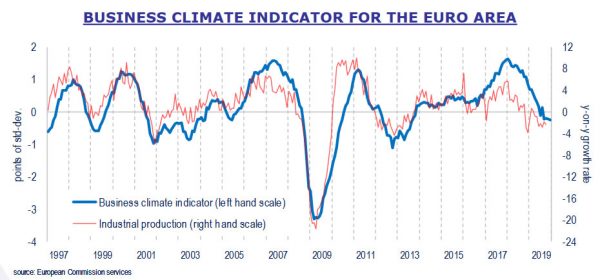


US NFP grew 145k, unemployment rate unchanged at 3.5%
US Non-Farm Payroll report showed 145k in December, below expectation of 160k. Notable job gains occurred in retail trade (+41k) and health care (+28k), while mining lost jobs (-8k). Unemployment rate was unchanged at 3.5%, matched expectations. Labor force participation rate was unchanged at 63.2%. Average hourly earnings rose 0.1% mom, missed expectation of 0.3% mom.
Full release here.